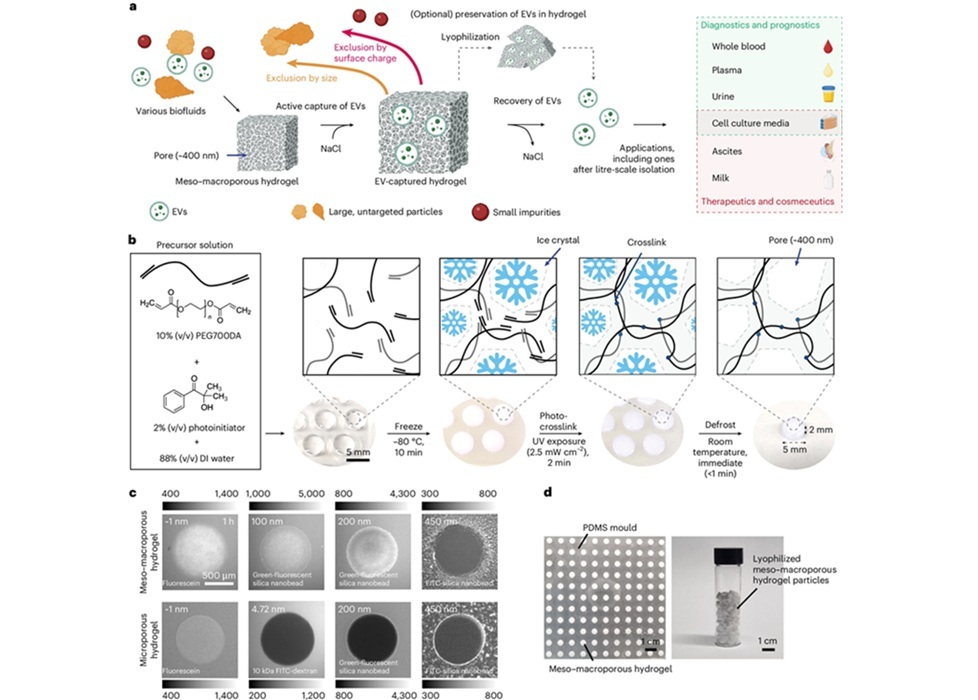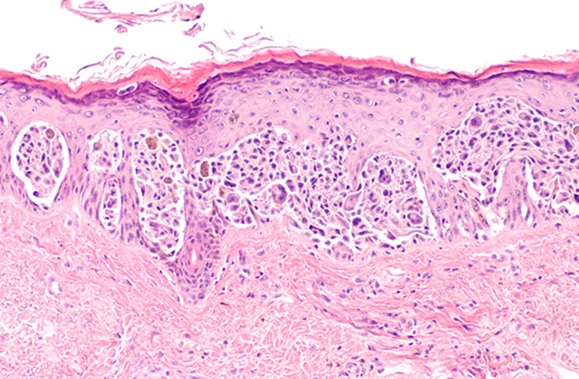Sound Waves Separate Tumor and Blood Cells
By LabMedica International staff writers
Posted on 11 Sep 2014
A device has been developed that can test a cancer patient's blood for rare tumor cells and will be extremely useful for checking if a tumor is going to spread.Posted on 11 Sep 2014
The relatively small device uses “tilted” sound waves, offering an effective way of sorting cells without having to treat them with chemicals or deform them mechanically. These sound waves cross the cells' trajectory at an angle instead of going straight across, ensuring that each cell encounters several low-pressure nodes on its journey through the microchannel instead of just one.

Image: The BrdU Cell Proliferation enzyme-linked immunosorbent assay kit (Photo courtesy of Roche Diagnostics).
Scientists at the Pennsylvania State University (University Park, PA, USA) working with colleagues from other institutes developed a unique configuration of tilted-angle standing surface acoustic waves (taSSAW),which are oriented at an optimally designed inclination to the flow direction in the microfluidic channel. To optimize the device design, they carried out systematic simulations of cell trajectories, matching closely with experimental results.
In their study, the team first tested their device using plastic beads and showed it could separate beads of 9.9 micrometers from beads of 7.3 micrometers in diameter with around 97% accuracy. The team also tested how well the device was able to separate a human breast cancer epithelial cell line Michigan Cancer Foundation-7 (MCF-7) that are 20 micrometers diameter from white blood cells that are about 12 micrometers in diameter. The cells also differ by compressibility and density. The results showed the cell sorter recovered around 71% of the cancer cells. One of the tests used to test cell viability and proliferation was the BrdU Cell Proliferation enzyme-linked immunosorbent assay (Roche Diagnostics, Indianapolis, IN, USA).
The team now plans to test the 18 mm device with blood samples from cancer patients in clinical settings. Circulating tumor cells are very rare as 1 mL of a typical cancer patient's blood may only contain a few tumor cells. The scientists have filed for a patent on their device. They see it helping clinicians determine whether a patient's tumor is about to spread to other sites of the body as tumors that are about to metastasize begin to send out cells that travel through the bloodstream.
The authors concluded that the simple design, low cost, and standard fabrication process of the device allows for easy integration with other laboratory-on-a-chip technologies and small radio frequency (RF) power supplies to further develop a fully integrated cell separation and analysis system. The study was published on August 25, 2014, in the journal Proceedings of the National Academy of Sciences of the United States of America (PNAS).
Related Links:
Pennsylvania State University
Roche Diagnostics






 assay.jpg)

 Analyzer.jpg)






